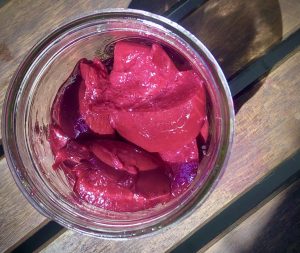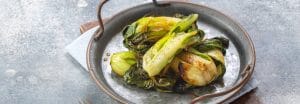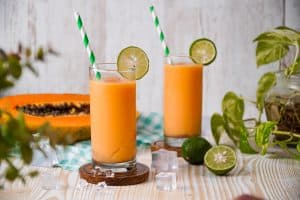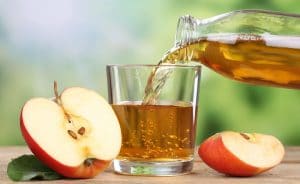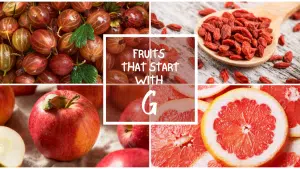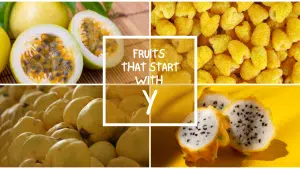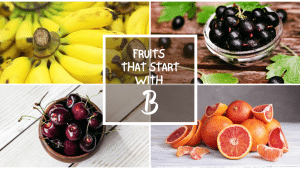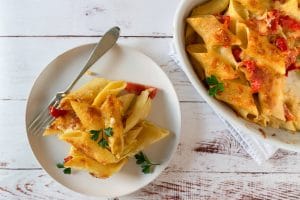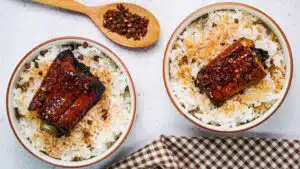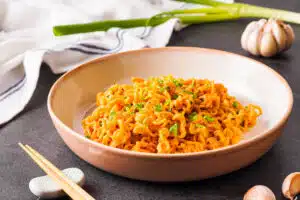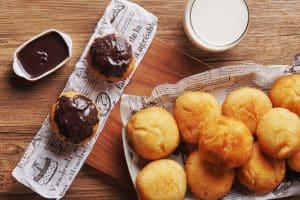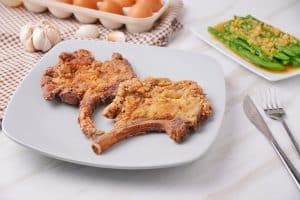Simple Lacto-Fermented Fruit Juice
Important Note: When you buy through our links, we may earn a commission. As an Amazon Associate we earn from qualifying purchases. Content, pricing, offers and availability are subject to change at any time - more info.

Equipment
- Two 2 quart size mason jars with lids
Ingredients
- 1 cup plain regular not Greek yogurt
- 1-1/2 to 2 cups fresh berries blueberries, raspberries, blackberries, or a mix, washed
- 4 cups pure or filtered water
- 1/4 cup or less liquid from strained yogurt
- 1 tbsp raw honey
- 1/4 tsp sea salt
- 1/2 Lime sliced
- 4 fresh mint leaves
Instructions
- Place a coffee filter or double layer of cheesecloth inside a strainer. Place the strainer over a pot or bowl to catch the liquid. Spoon the yogurt into the filter and cover everything with plastic wrap. Place this in the refrigerator for 12 to 24 hours.*
- Clean your mason jars with very hot water and soap. Rinse them well with hot water.
- Place the berries, water, yogurt liquid, honey, and salt in equal quantities in the mason jars. Stir gently with a very clean wooden spoon to combine well. Add the mint leaves and lime slices to each jar.
- Cover the jars with the lids and give a gentle shake to make sure everything is combined. Place the jars in a cool dark area of your kitchen.
- You should start to see carbonation bubbles after 1 day. Release the lids and let a little air out. Do this daily for 5 days.
- When your fruit starts to resemble that of “cooked” fruit and your brew is bubbling, open the lids and strain the juice into a pitcher, leaving the fruit behind. Place the juice in well-sealed bottles. A good choice is clean clear wine bottles with stoppers.
- Leave the fermented fruit juice on your kitchen counter for another 1 to 3 days to build up more carbonation, or just store it in the refrigerator if you like where the carbonation level is.
- Serve over ice with a mint leaf and a few fresh berries.
Notes
Nutrition
You may already be familiar with kombucha and kvass. These are both fermented beverages with beneficial probiotic properties.
Kombucha is a fizzy sweet-and-sour drink made with tea, yeast, and sugar. It is set aside for about a week to allow bacteria and acids to form in the drink, as well as a small amount of alcohol. This process is known as fermentation, and it’s similar to making kimchi and sauerkraut. It is believed to aid in digestion and boost energy.
Kvass is a fermented grain drink that is popular in Russia. To create the tangy fermented flavor, kvass makers start with dark brown bread soaked in water. Yeast and other things, such as dried fruit and honey, are added for sweetness. This mixture ferments for a few days, a process that naturally carbonates the drink. While it is an acquired taste, this popular beverage is more like beer than a probiotic drink.
You can make a similar beverage without the yeast using the lacto-fermentation method. Lacto-fermented fruit juice is made with fresh fruit, honey, and a bit of a starter culture that you can purchase or take from kefir water, whey, or a living probiotic.
There are recipes for fermented fruit juice that use already prepared and bottle juice. What’s the fun in that? The recipe here is made with fresh fruit that you can pick up from the farmer’s market. Try to purchase what is in season.
This drink is sweet, acidic, and bubbly. It has some impressive health benefits. Many people with IBS swear by the helpful probiotics and enzymes in fermented juice.
What Makes This Recipe Interesting?
This fermented beverage is quite different from others because it does not depend on yeast. Instead, it uses a starter culture to help the fermentation process along. I include instructions for extracting the liquid from strained yogurt as the starter culture because it is easy and affordable. You can use a pre-packed starter culture that is available in most health food markets or online. You could also use some bottled kombucha, kefir water, or juice from a previous batch of lacto-fermented fruit juice.
The is juice is gluten-free, unlike traditional kvass, and caffeine-free, unlike traditional kombucha.
Fermented juices often contain sugar. What is nice about this recipe is that it calls for honey. Honey contains beneficial bacteria with antibacterial properties. It offers lovely flavor, especially when it is sourced from bees that feed on the nectar of local wildflowers. Look for raw honey as it is the purest and the healthiest.
What you are going to like about this recipe is that it will cost pennies compared to $3.49 or more for a 16-ounce bottle of kombucha.
Substitutions and Shortcuts
It is summer and berries are at the height of their growing season, so this recipe is made with fresh berries. You can use any. Blueberries, raspberries, and blackberries are good choices. Later in the summer, you can make this with fresh peaches. In fall, use crisp apples. If you live in Florida, oranges are a great choice.
Adding a starter culture is not necessary, but it is a good shortcut to get the fermentation process going. My mother fermented fruit every summer and only used sugar, no starter. It was delicious, but it took a couple of weeks to mature.
If you decide not to use a starter culture, double the amount of salt in the ingredient list.
I have added a little fresh mint to elevate the flavor and make it a bit herbaceous. You could use basil or cilantro leaves or just skip the herbs. You could also add a little knob of fresh ginger or a cinnamon stick. Ginger and cinnamon are terrific for digestive issues.
Success Tips
Use the freshest fruit you can find. As soon as you get home from the market, wash the fruit and start making the juice.
While the lacto-fermentation process does most of the work, you do need to tend to your juice once a day. A little bit of TLC and a lot of patience will render great results. When you start to see the dink forming bubbles, generally after 1 day of sealing the jars, release the lids and let a little air out so there isn’t too much carbonation. If bubbles aren’t seen after day 1, leave the jar alone until day 2.


